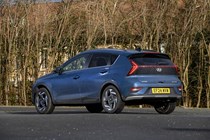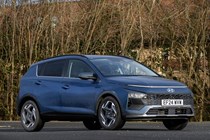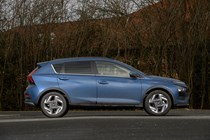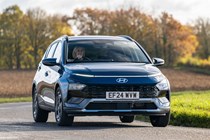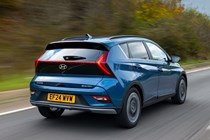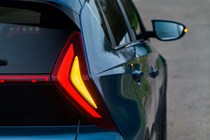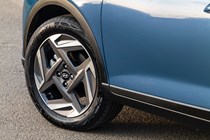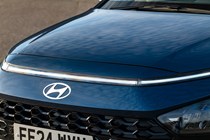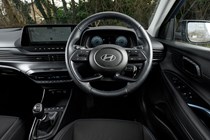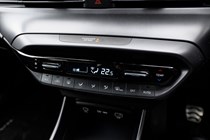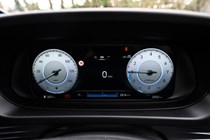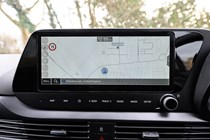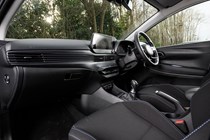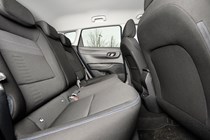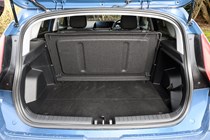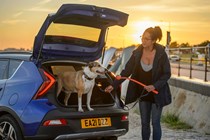
Hyundai Bayon engines, drive and performance
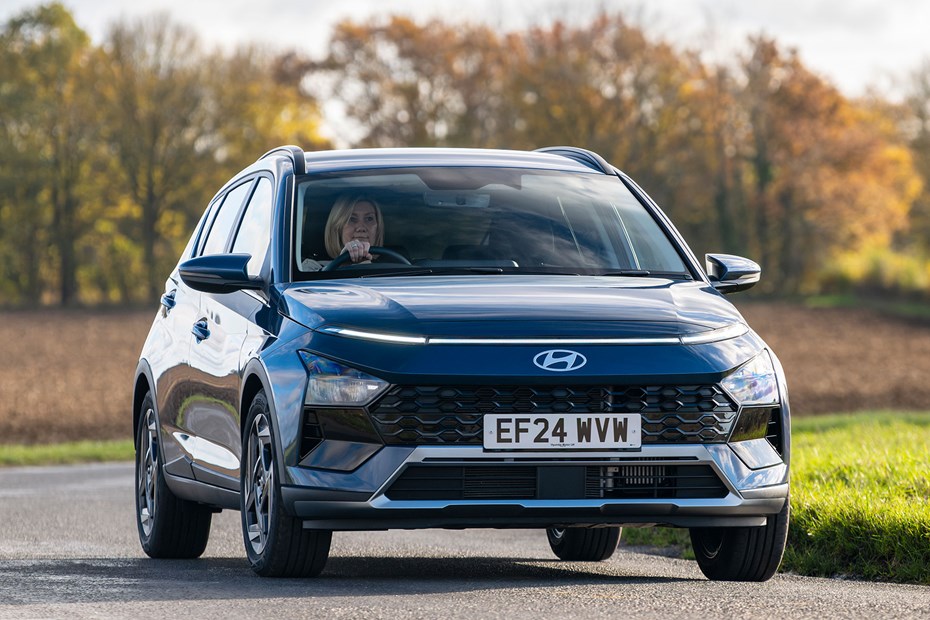
- Only one engine available
- Performance is only adequate
- Truly awful clutch pedal
Petrol engines
Hyundai used to offer a mild hybrid version of the Bayon, but it discontinued that engine when it facelifted the car in 2024. Now, the only engine available in the car is a non-electrically assisted 1.0-litre three-cylinder petrol unit. It produces 100hp and serves up a pedestrian 0–62mph time of 11.3 seconds.
These figures aren’t exactly impressive – especially not when you compare them to the 125hp/sub-10 seconds 0–62mph time of the most basic Ford Puma. Don’t forget, that car also has a mild hybrid system which can support the engine when it isn’t performing at its best, such when the turbo is spooling. So, it feels much faster than the Bayon.
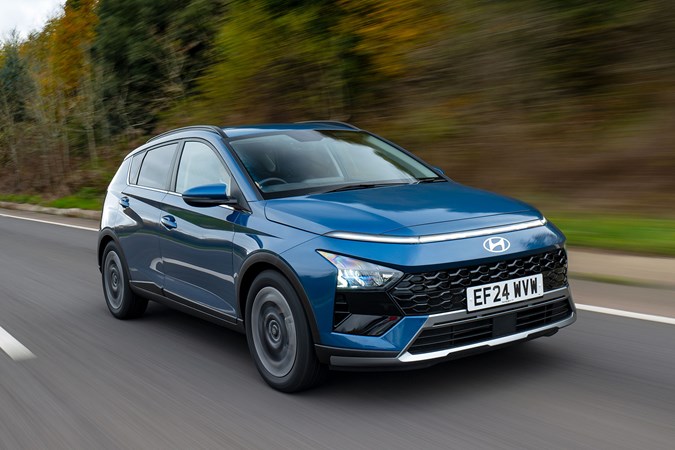
For that reason, the Bayon is at its best within the confines of your county. You can take it on the motorway, but you need to drive defensively and very aware of what’s happening around you as you don’t have a great deal of power in reserve to dart around danger.
What’s it like to drive?
- Forgettable to drive
- Predictable handling
- Biased towards comfort
The Bayon isn’t set up for driving fun. If you’re looking for a small SUV that’ll make you giggle on a twisty road, look towards the likes of the Ford Puma and Renault Captur. If you just want a comfortable means of getting from A to B, though, give the Bayon a go.
Its suspension has been set up for comfort rather than handling, which means it does a good job of ironing out potholes and rounding off ruts. It doesn’t like being asked to take corners quickly, though – and it’ll lean over in protest when you push it hard.

There’s very little feedback through any of the controls, too. The steering feels closer to that of an arcade racer than an actual car, the brakes aren’t particularly progressive and there’s a noticeable delay between your input at the throttle and a reaction from the engine.
We struggled with the clutch pedal, too. It’s almost like Hyundai was expecting its owners to drive the Bayon badly, so it added loads of damping to the pedal to compensate for poor clutch control. That means you can’t lift your foot up quickly to the bite point of the clutch.
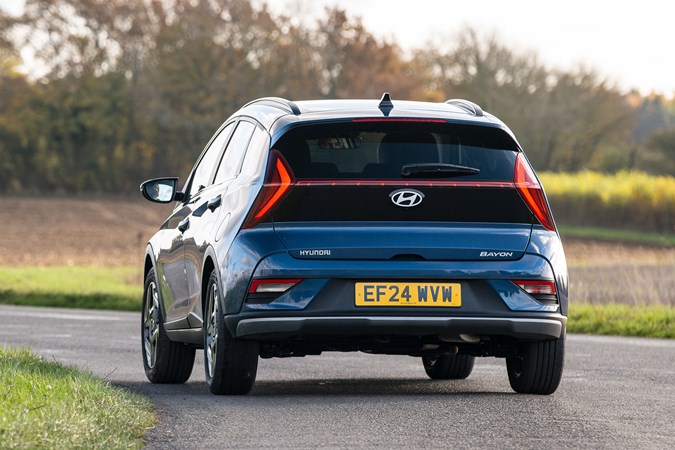
If you do, the pedal will stick at the bottom of its travel before launching up to smack the sole of your shoe. And then you’ll bounce down the road like you’re riding on hydraulics.
In fairness, none of this will matter to your average driver. When you’re not trying to have fun, the Bayon is an utterly benign. But if you’re a petrolhead with newfound family duties – and you’re stepping out of an i20 N and into one of these in the hope it’ll be similar to drive – you’re going to be heartily disappointed.



